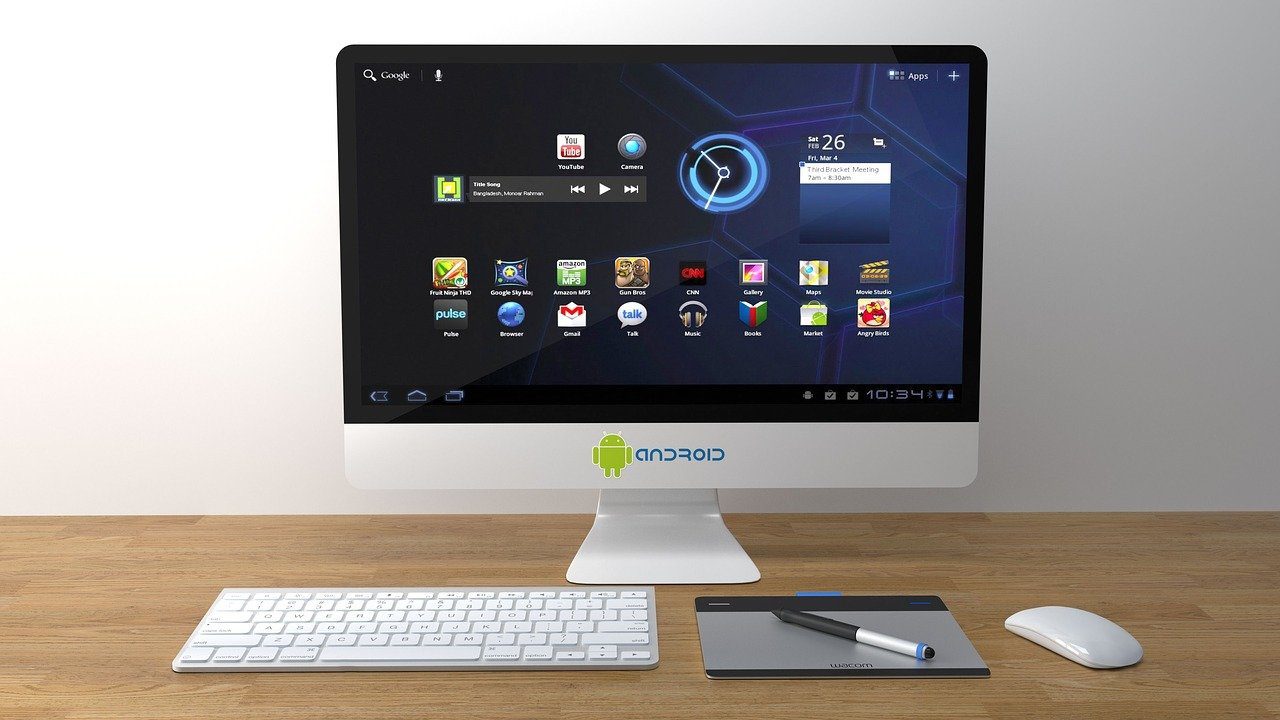isn’t rocket science and there is more than one way to do it. But can that backup be real-time is the question. Why would you need it you might ask? File versions come to mind. There could be times when you lose data in a file because you didn’t hit Ctrl+S and you desperately want to go back to the previous version.. or may be you realized that the modifications you made needed to be undone. Windows 8 has a feature called File History. It can be used for recovery of important files from folders that include Libraries, Desktop, Favorites, and Contacts. Today we will see how to enable and configure this layer of data backup and protection.
Enable Windows 8 File History to Backup File Versions
File History isn’t activated by default. And, the reason (as I understand) is that a backup location needs to be selected before you can enable it. Generally, the backup location is an external drive or a network location and hence the activation process has to be user driven. Here’s how to enable it. Step 1: Plug in a USB drive (a pen drive or an external hard disk) which you wish to use as a backup device. Step 2: Hit Windows + W to open the Settings Search screen. Type file history in the search box and from the result set, choose File History. Step 3: On the File History window, click on Turn on button to turn on the file history feature. Note: At this stage you must have an external drive inserted so that it can be selected for backup. Else you should select a network location.
Manage Windows 8 File History
When file history feature is on, the File History window will show a green band. However, the selected drive must always be inserted for the feature to work in the background. You can change the drive or choose a network location by hitting on Select Drive. On the next window you can choose a drive from the list or Add network location. By going to Advanced settings you can change many important settings. Ideally, the system takes a backup every 1 hour. You can change that duration, choose the size of offline cache and also set the duration or number of file history/versions you want to maintain. You may also apply the exclusion theorem by navigating to Exclude folders. There, click on Add and select the folder/sub folder you want to exclude from being backed up. For example, I have excluded the Pictures library from the backup process. In order to recover any deleted file you will need to navigate to Restore personal files. After selecting the file and version to be restored you can right-click on it and choose to Restore to the original location or Restore to a new location.
Conclusion
This feature is one of those that you won’t need every day but on the days when you need it, you can’t do without it. I am sure most of you are going to turn this feature on. I did so. And, since I always have my external disk connected to my laptop I do not have to worry about losing important documents by any chance. The above article may contain affiliate links which help support Guiding Tech. However, it does not affect our editorial integrity. The content remains unbiased and authentic.
![]()










![]()




